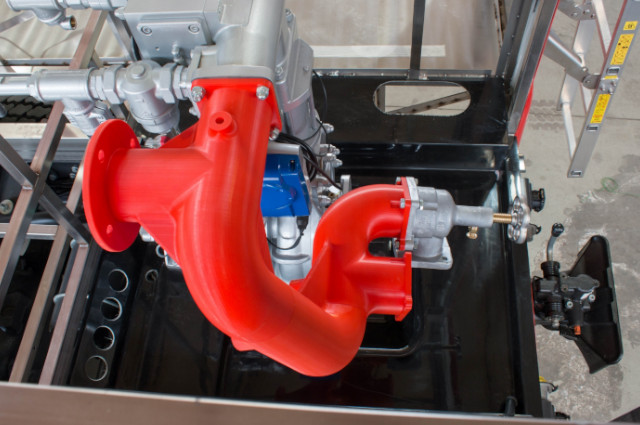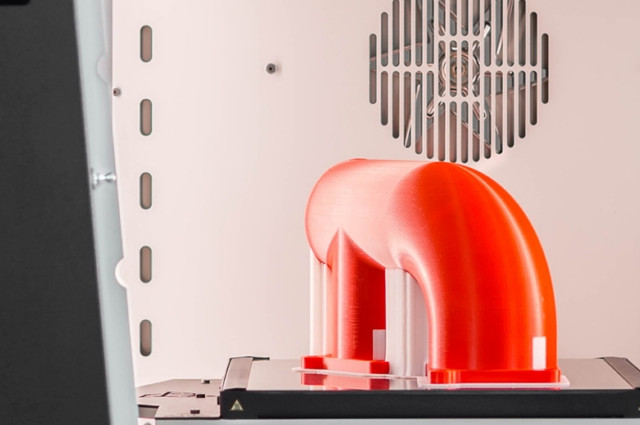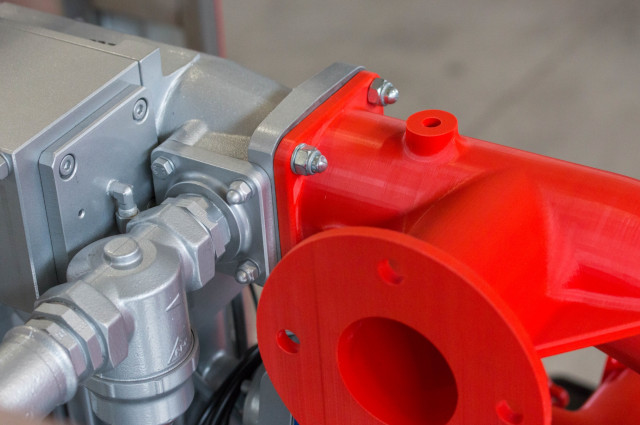Case study

Bocar manufactures mainly new fire-fighting vehicles on various chassis types.

The use of 3DGence INDUSTRY F340 allowed verifying the vacuum manifold, which is one of the elements creating a hydraulic system of a pump compartment inside fire engines.
Pre-made of such manifold shall be an alternative to manual welding of pipes, elbows, and collects. Obtaining much greater accuracy in produced systems, and what follows, in a lower failure frequency.
Creation a life-size 3D model of the manifold using 3D printing technology.
If a company decides to buy a 3D printer, the final cost of printing a model includes only the amount of money spent on a particular material (around 25€ for kg) plus electricity costs. The price for preparing a 3D printed model is incomparably lower than producing it through the chill-moulding process.
The preparation of a new chill form can take even several months and the company has to pay for it additionally. Owning a 3D printer significantly improves the process of creating the necessary part. Creating 3D printout of fire engine’s anifold takes around 10 days.
Get the 3D printed parts you need just in time


3D printing technology allows physical examination of every project assumption on a virtual model. 3D printed vacuum anifold was installed in a particular vehicle. The company could check its ergonomics that is, the functionality and durability of this prototype.
There may be a lot of crisis situation in the future that we can’t control. 3D printing can help you with many different applications through many materials. If you have not idea what filaments will proper for your project, you can consult it with our experts: [email protected]
Get in touch with 3D printing experts
Necessary cookies are absolutely essential for the website to function properly. This category only includes cookies that ensures basic functionalities and security features of the website. These cookies do not store any personal information.
Cookies that are used to recognise you and remember your preferences or settings when you return to our site, so that we can provide you with a more personalised experience.
Cookies which measure how often you visit our sites and how you use them. We use this information to get a better sense of how our users engage with our journalism and to improve our sites and apps, so that users have a better experience.
Cookies that are used to collect information about your visit to our site, the content you have viewed, the links you have followed and information about your browser, device and your IP address.